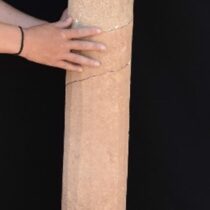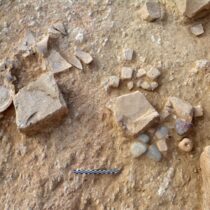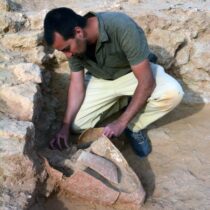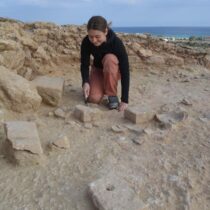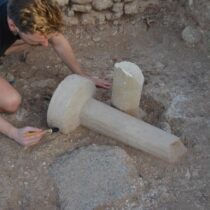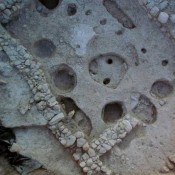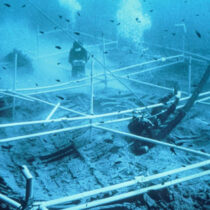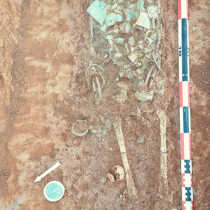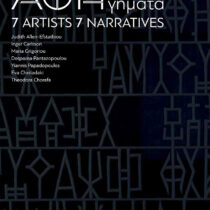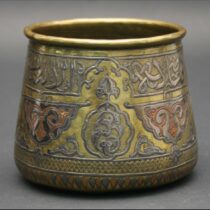The Department of Antiquities of the Deputy Ministry of Culture announces the completion of the excavation at Pyla-Kokkinokremos from March 27th to April 23rd 2025. The excavation was conducted under the direction of Prof. Joachim Bretschneider from Ghent University, in close collaboration with Prof. Sorin Hermon from The Cyprus Institute, Dr. Reinhard Jung from the Austrian Academy of Science.
Excavation efforts focused on two sectors – Sector 5 and Sector 7 – located on the eastern lobe of the site’s plateau. Each revealed valuable new information about the architectural organization, material culture, and everyday life in this strategically located settlement, which was briefly occupied during the final stages of the Late Bronze Age.
In Sector 5, the team uncovered a new cluster of interconnected rooms. Excavation revealed rooms with bedrock-cut, beaten earth and calcareous floors, pottery—including a fragmentary pithos, a Canaanite jar, and decorated fine wares—and a potential hearth installation. One particularly space (5.61) yielded an intriguing pedestal-shaped stand over one meter high, broken into three fitting fragments (figs. 1-2). With its bowl-shaped top, it may have served a cultic function.
In contrast, Sector 7 was defined by more open, freestanding architecture, revealing new dimensions of domestic, craft-related, and possibly maritime activities. The largest building complex, designated Sector 7.1, consisted of ten interconnected spaces arranged across bedrock terraces. Excavations in Space 7.1.10 revealed an exceptionally rich assemblage (fig. 3): nine ceramic vessels—including Base Ring ware, Plain ware, a decorated krater, and Canaanite jars (fig. 4)—alongside stone tools, fragments of stone basins, loom weights (some still in unfinished form) (fig. 5), a spindle whorl, and over twenty perforated pebbles aligned along a wall. These pebbles may have once formed part of a fishing net. A bronze fishing hook found in the same space supports the interpretation of this area as a multifunctional workspace, possibly used for both textile- and maritime-related activities.
In another area in Sector 7 (7.2), walls without clear flooring or associated architecture raise the possibility of foundation remains, terrace or revetment walls, or partial demolition in antiquity. Meanwhile, in the newly explored Sector 7.5, a three-room structure showed signs of erosion but retained some nicely preserved architectural outlines.
Overall, the 2025 campaign provided a wealth of new data. Sector 5 helped clarify the dense, compartmentalized nature of construction near the plateau edge, while Sector 7 revealed more varied and open patterns of occupation; both including evidence for domestic life and economic activities. The material culture suggests a community engaged in both local production and wider trade networks. Together, these findings deepen our understanding of Pyla-Kokkinokremos as a complex and dynamic settlement during a critical period of Eastern Mediterranean history. Further analysis and future campaigns will continue to refine these interpretations and contribute to the broader study of Late Bronze Age Cyprus.





